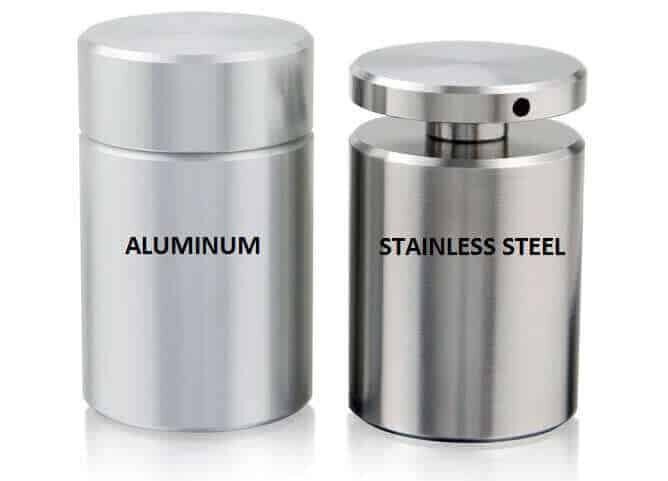The difference between aluminum CNC machining and stainless steel CNC machining
CNC machining has transformed the manufacturing industry with its exceptional precision and accuracy. However, the machining process can differ significantly depending on the material being used. In this article, we’ll compare aluminum machining with that of stainless steel, highlighting key process differences and important considerations.
| CNC Machining Aluminum Parts | CNC Machining Stainless Steel Parts | |
|---|---|---|
| Aluminum is a lightweight, soft, and durable material commonly used in industries such as aerospace, automotive, and electronics. Machining aluminum is generally straightforward, but there are specific factors to consider. First, aluminum has a lower melting point compared to stainless steel, making it more susceptible to melting and damage during machining. To prevent overheating, it’s essential to use coolant or lubrication. Additionally, aluminum is prone to burrs and chip build-up, which can impact the quality of the finished product. Using sharp tools and proper cutting techniques can help avoid these issues. | Stainless steel, known for its strength and corrosion resistance, is widely used in the medical, food, and automotive industries. However, machining stainless steel presents different challenges than aluminum. One of the main differences is that stainless steel is harder and more abrasive, leading to increased tool wear during machining. To handle this, high-speed steel (HSS) or carbide tools are necessary. Additionally, stainless steel generates more heat during machining, which can cause thermal expansion and distortion. To counteract this, coolant and lubrication are crucial, along with operating at a lower spindle speed. |
Process Differences
The primary differences between aluminum machining and stainless steel machining:
| Aluminum Parts | Stainless Steel Parts | |||||
|---|---|---|---|---|---|---|
| • Cutting Speed | Requires a higher cutting speed due to its lower density | Needs a lower cutting speed due to its higher density | ||||
| • Tool Material | Can be machined with HSS or carbide tools | Demands more durable carbide tools | ||||
| • Lubrication | Needs lubrication to prevent overheating and burrs | Requires lubrication to minimize tool wear and distortion | ||||
| • Spindle Speed | Can be machined at higher spindle speeds | Should be machined at lower spindle speeds to prevent thermal expansion and distortion |
Conclusion
While aluminum machining and stainless steel machining share similarities, understanding the differences is key to achieving optimal results. Aluminum requires careful management of heat and burr formation, while stainless steel demands robust tools and strategies to manage wear and heat. By paying attention to these factors, manufacturers can produce high-quality parts from either material.
CNC machining at TDB
Aluminum and stainless steel are our favorable materials for machining. We specialize in precision machining services such as milling, turning, and metal fabrication. With a commitment to quality and accuracy, we cater to a wide range of industries by delivering custom parts tailored to our clients’ specifications. Backed by advanced technology and skilled technicians, we ensure efficient and cost-effective solutions for all your machining needs, whether it’s prototyping or large-scale production. Let us help you bring your designs to life with top-notch precision and reliability.


